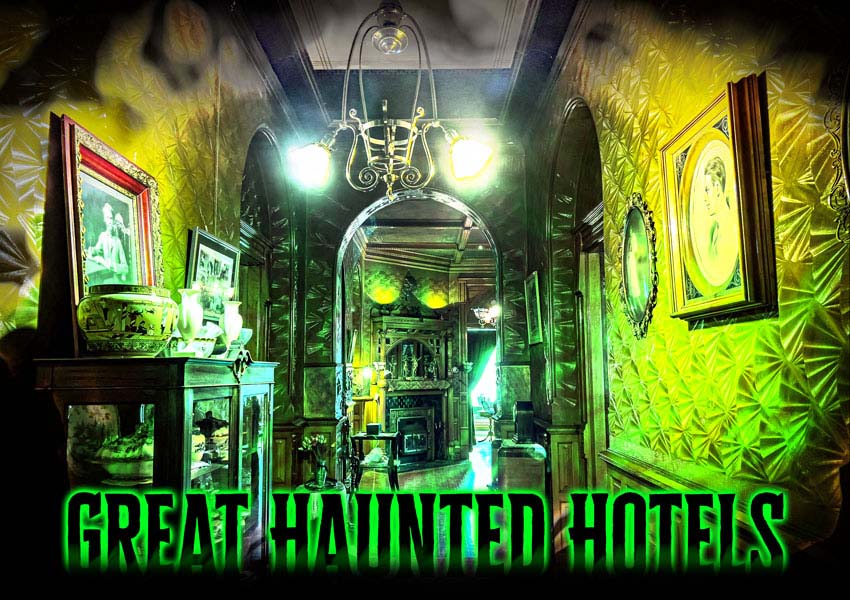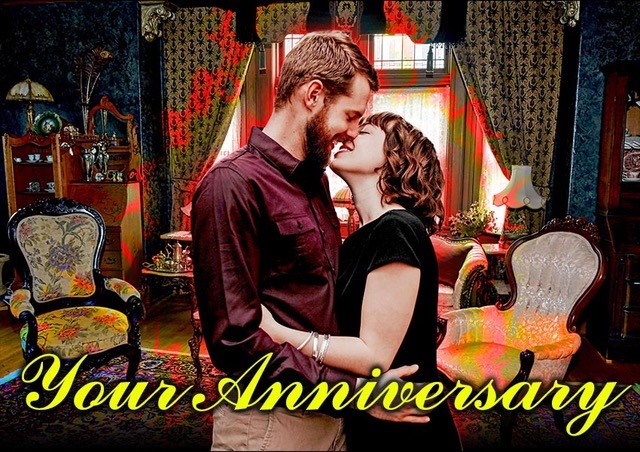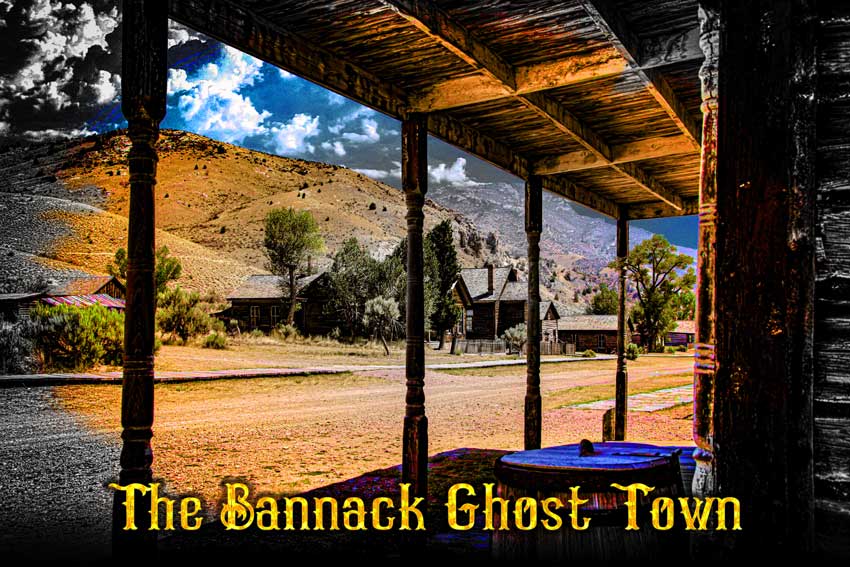Salem Massachusetts
Salem Witch House
Those accused of witchcraft had an uphill battle to avoid the gallows.
“The Witch House’s displays and exhibits describe in detail what happened to us.”
Let’s enjoy the house of the man who sent us to our inevitable cruel demise.
Someone’s child didn’t make it past four-years-old.
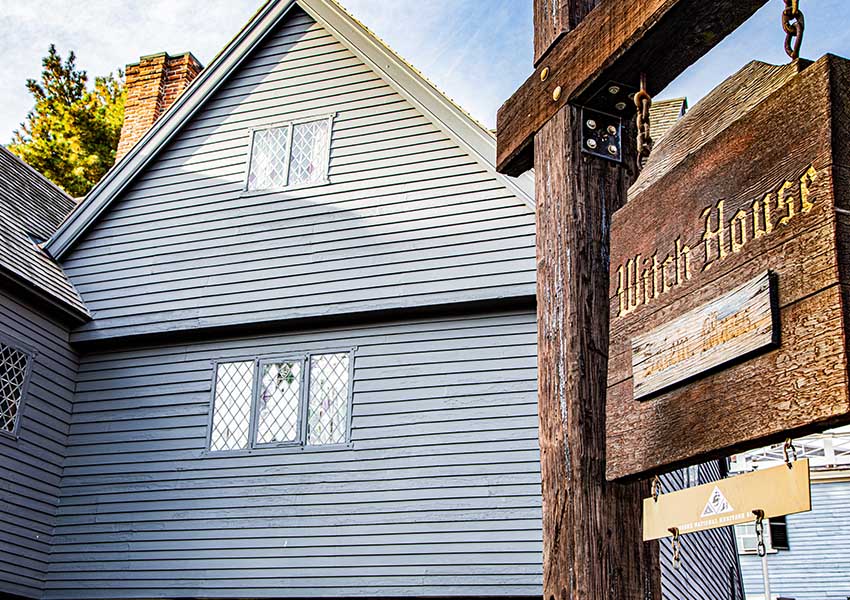
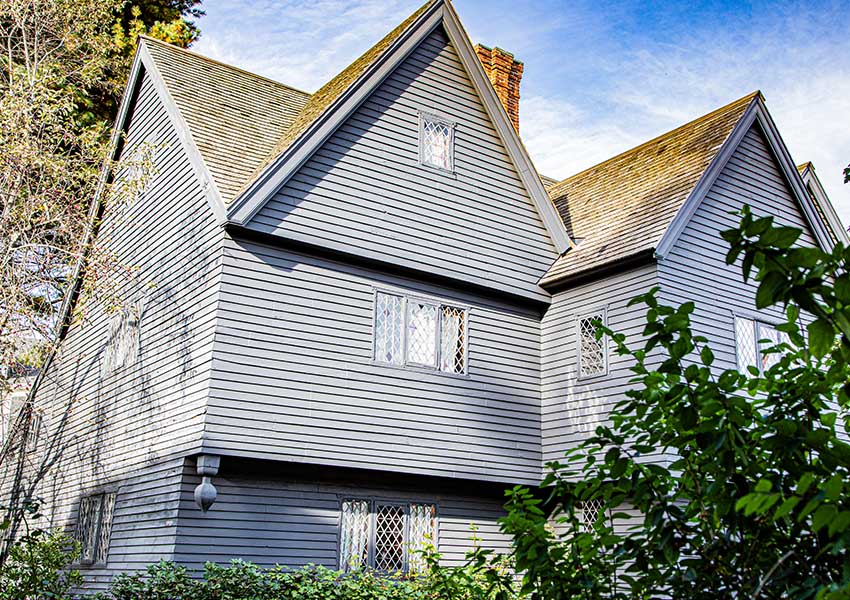

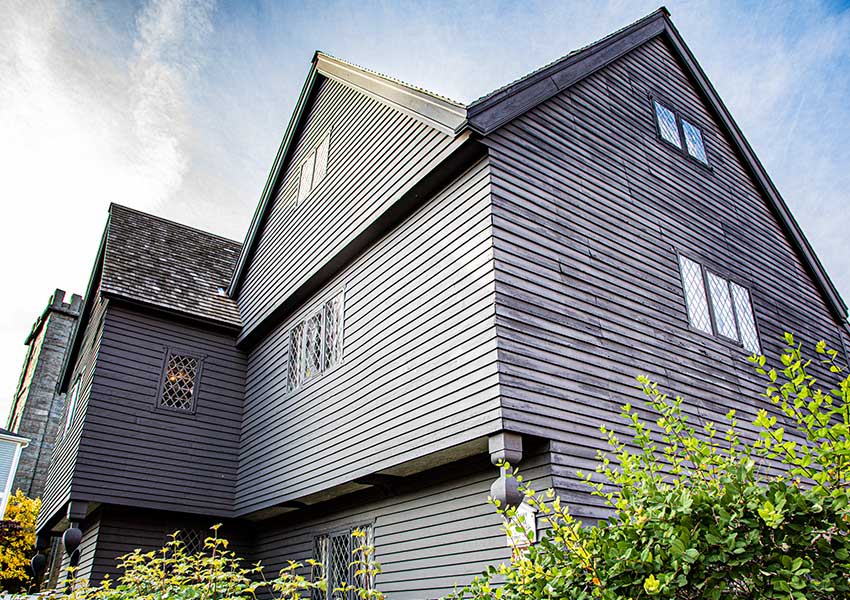
DESCRIPTION
Mission of Salem Witch House Museum:
“The Witch House remains, first and foremost, a testament to those affected by Salem Witch Trials. While we cannot undo the crimes against them — neither their imprisonments nor their wrongful deaths — we can remember the injustices enacted upon them. This remembrance, with hope, may prevent us from repeating the 1692 “Witch Hysteria.” (https://ghostcitytours.com/salem/haunted-places/witch-house/)
The Salem Witch House Museum’s claim to fame is that it is the only 1692 structure still standing that is connected to the Salem Witch Trials, being the home of Judge Jonathan Corwin, who helped to convict many. It is described as being “thick with black timber, two-and-a-half stories tall.”
Corwin’s House presents two types of museums in one three hundred and eighty-one year old home. On one hand, it indeed shows a fascinating glimpse into the daily life of a person of means in 17th Century New England, such as the Corwin family. The interior rooms were used for several purposes, as 17th century people needed less personal space and were more practical than some 21st century people.
It is a snapshot of a 17th century culture, far away from the more ornate architectural styles that showcased the wealth of the builder. Throughout the house, the decor is simple and practical, with no frivolous details in the woodwork, or anywhere in the interior, as it was built when the Puritans were in charge in Salem.
Entering the front door, there is a very small, plain foyer, with two doors on either side and a narrow staircase that leads up to the bedrooms and work area on the second floor. The door on the right leads to a long, large room, used for formal family dining and for entertaining large groups of people.
The foyer door on the left leads to the kitchen, and a family room/family eating area.
The upstairs holds the traditional bedrooms plus other items needed for every day life like a weaving loom.
The other museum found here is meant to educate the public about the infamous Salem Witch Trials. Tastefully intermixed with antiques and displays of items of everyday life, exhibits of all kinds offer factual information concerning the arrests, trials and executions of nineteen innocent people accused of practicing witchcraft in 1692. Others died in jail and one was crushed by rocks during the pretrial examinations.
Along with factual information about the injustices done, the museum also has some artifacts of interest, such as poppets that were dolls used to cast negative spells on victims. They supposedly came from one of the executed, Bridget Bishop.
HISTORY
Even today, the city of Salem today is under the huge stain of shame because of the Salem Witch Trials, when innocent victims were sent to their deaths, not because of factual information, but because of spectral evidence proclaimed by so called witnesses, that were suffering from hysteria, or who had ulterior motives. None of the accused were allowed to have lawyers to help in their defense.
In 1675, 27-year-old Jonathan Corwin, a wealthy merchant, saw the possibilities of the property, and built the home he wanted on the foundation that had already been built, as the unfinished structure made it easy to remodel. He hired Daniel Andrews to add five and a half fireplaces to each of the two and half floors, a six-foot stone-walled cellar, underpinning and steps.
Before his participation as magistrate on the Court of Oyer and Terminer, created by Massachusetts Governor William Phips for the Salem witch trials, Corwin led a noteworthy life and had a reputation for being a fair and impartial judge.
However, he and Judge John Hathorne, his close friend and brother-in-law, believed in the concept of spectral evidence (based upon dreams or visions and believed the accusers in most of the cases brought to their court. Both men clearly thought most of the accused were guilty of the charges from the start, not even considering the motives of the accusers, unless the defendants were close members or friends of the Corwin or Hathorne families. “Corwin usually let Hathorne take the lead in the examinations, but the two together were unrelenting in seeking confessions of witchcraft.”
However, in one instance, Corwin was “a principle figure in the pursuit and questioning of former Salem Village minister, Reverend George Burroughs.”
To be fair, two hundred people were accused and tried, resulting in only nineteen convictions. But the accused had to live looking over their shoulders at their accusers, in constant fear of being brought back to court.
Salisbury’s Major Robert Pike tried to reinstate justice in these trials by sending both Corwin and Hathorne a “strongly argued Letter,” taking them to task for convicting people of witchcraft on just spectral evidence and hearsay in September of 1692. His letter was ignored. Zeal had clouded the judges’ thinking and it was a free-for-all, where anyone could be accused.
Massachusetts got into the game and fanned the flames of greed by passing a law which not only punished the accused but their families as well if they claimed to be innocent but were found guilty.
The Province of Massachusetts Bay passed a law which provided attainder for “conjuration, witchcraft, and dealing with evil and wicked spirits,” which meant the “loss of civil, inheritance, and property rights of those accused.”
People who were looked down upon by Puritan society were easy marks: the poor, widows, and later respectable people, and those who dared to challenge.
Bridget Bishop was on her third husband, as her first two had died. She wore colorful clothes, ignored Puritan values, liked to flirt, and worked in her husband’s pubs. She had already been accused of witchcraft ten years earlier, but had been acquitted. Many people came to witness against her, as well as the so-called possessed girls, and she was the first to die.
Sarah Good, known to have a pious reputation and loving heart, was poor because she had to pay the debts of her first husband. She married again but was still poor. She was forced to beg from neighbors who turned around and accused her. Her second husband even said she talked to the devil because of the way she treated him. After she was convicted, she suffered a premature birth in jail before she was hung.
Other poor widows who were accused included Wilmot Redd and Martha Scott.
Sara Martin, who had bad luck with resentful neighbors, was accused twice of witchcraft. In 1669, she had a husband to defend her who countersued her accusers. She was found innocent. In 1692, when she was a widow, she was convicted and hung.
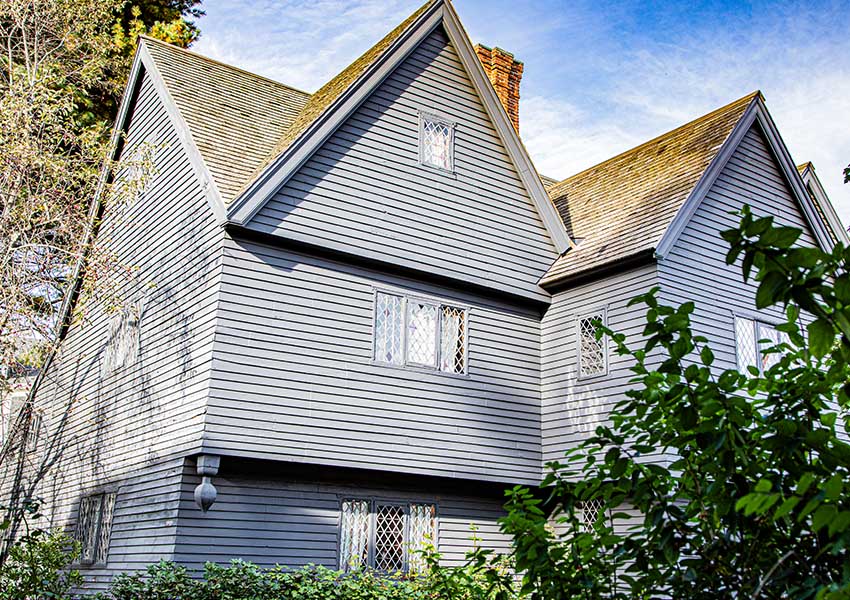 Family feuds brought accusations with deadly results. Putnam and Gould family members were front and center, intent on revenge at first against Sarah Wilds, and later to gain power and prestige, accusing such men as George Jacobs Sr. and George Jr.
Family feuds brought accusations with deadly results. Putnam and Gould family members were front and center, intent on revenge at first against Sarah Wilds, and later to gain power and prestige, accusing such men as George Jacobs Sr. and George Jr.
Jacob family members also turned on George Jacobs Sr., as did other families when their loved ones were accused, perhaps to avoid being accused themselves.
It took real courage to stand up to the accusers. Doubt about the fairness of the trials led people to make still more accusations, as did doubt about the original accusations made by the Putnam family and the possessed girls.
It took real courage to stand up to the accusers as those who protested found themselves accused as well.
Drunk with power, the Putnams accused John Willard of killing their baby for witchcraft purposes. At the time, he was a constable who was given the task to arrest those accused. At some point, he refused to do so, questioning the trials. John Willard was convicted and hung.
Martha Corey and her husband Giles voiced their opposition and found themselves accused. Martha was hung, but Giles refused to give a plea while being tortured with rocks. He died from the rock torture, but his property was safe for his children.
Elizabeth Proctor was accused by the girls, who by this time felt powerful enough to go after a lady of the community. When her husband John Proctor posted a scathing review of the proceedings, the girls accused him too. Despite the many petitions and testimonies for the couple, they were convicted. John died on the gallows, but Elizabeth was pregnant and had her son in jail. She never faced the gallows.
The influence and power of the Putnams came to an end when they accused the architect Daniel Andrews of witchcraft. It was then when Judge Jonathan used his influence with the prosecutors. After being examined by the Reverend Cotton Mather, Daniel was found innocent. Furthermore, Daniel was put on the Salem Council in place of the Putnam family, who were expelled from the committee.
The so-called possessed girls went a bridge too far as well when they accused the wife of the new governor of Massachusetts, Sir William Phips. As a result, he ordered the remaining 153 prisoners in Salem jails to be released, including Elizabeth Proctor. These convicted prisoners now had their freedom, but were considered by Salem society to be dead, with no rights to property or dignity. Petitions and lawsuits followed.
This began the long road to getting family names cleared and restitution paid for all the suffering so many families experienced. Some, like the Jacobs clan, and Bridget Bishop’s husband, sued and got compensation. The Proctors successfully petitioned in 1709, along with 21 other people, to get compensation for their pain and loss of property.
“The 22 people in the 1709 petition were awarded the sum of 578 pounds plus 12-0, to be divided among the survivors and relatives of those accused.” The Proctor family, who had lost all their wealth, received 150 pounds.
Unfortunately, it took a long time to clear the family names of some. By 2001, all family names, including the Bishops, were finally cleared of this injustice.
In the twentieth century, self-proclaimed witches descended on Salem and made it their headquarters, which is now an accepted part of Salem. The Puritan founding fathers must be spinning in their graves.
The spirits of some of the executed victims still cannot find rest, despite of all the restitution made to their families, despite the fact that their murders have been condemned, and even after seeing the memorial and individual benches that honor them. Yet, they are drawn to places that make them feel better about their awful ends.
The spirit of John Proctor and his family still reside in the family home, protecting it and finding some peace. The Joshua House has several victims who have appeared in front of the living to let them know that they are still there, finding comfort. Others wander around town, and perhaps visit where they were hanged.
The spirit of Martha Corey wanders the Howard Cemetery, right next to the spot where the old Salem Jail was located, and where her husband died. She is looking for the spirit of her husband Gile, who is still furious with the people of Salem for his unjust death by rock press.
The spirit of Bridget Bishop still likes to haunt in one of the Salem pubs built on the land where her husband’s pub once stood, and is drawn to one particular house of interest, as are other restless ones.
In the 1720s, 1747, and the 1760s, the Jonathan Corwin House lost its basic Puritan style, and was upgraded to an English Georgian style which included a gambrel roof, a more fashionable look during the 18th century.
After the Revolutionary War, Federal architecture was added, including a federal-style carriage porch and fence. By the 19th Century, the Corwin House had an Italianate-style drug store and a one-story addition. When Historic Salem took over the property, all additions were removed and the Corwin house was restored to its original 17th century self.
It’s existence was threatened when North Street or State Route 114 was scheduled to be widened to accommodate the influx of traffic. Citizens collected $42,000 for the relocation of both the Witch House and neighboring Bowditch House (home of the founder of modern maritime navigation), enabling Historic Salem, Inc. to relocate both homes thirty-five feet to the west of their original locations.
From 1944-1948, the preservation project charged forward, continuing to restore the Witch House and refurbish it as a museum. It opened as the Witch House Museum to the public in 1948.
Interestingly, when the foundation on the original property was excavated, human bones were found, but no one knows who they were, according to Olivia, the daughter of the man who restored and relocated the Witch House.
HISTORY OF MANIFESTATIONS
Spirits are drawn to museums of all kinds that have exhibits that tell their history, their life stories and what happened to them.
Manassas Visitors Center, VA (Spirits of soldiers like to visit the exhibits and displays that tell about what happened on the day they died in battle).
Fort Ticonderoga, NY (This restored authentic 18th century star fort is a museum that attracts spirits who served in their time, and continue to go about their duties).
USS Hornet, CA (The Hornet is a restored WW2 aircraft carrier, looking much like it did when it was an active war ship. Spirits of former sailors and officers enthusiastically join in to find new assignments, as well as continue in their old jobs).
Salem Witch House, MA (The spirits of the executed, including Bridget Bishop, are drawn to Judge Corwin’s House Museum, trying to find peace in their unjust, cruel deaths. Besides actual artifacts that belonged to the victims, the timeline of the trials and the written accounts of what was discussed in court spell out plainly the huge miscarriage of justice in the court cases of the executed victims.
The spirits of children who die young sometimes like to stay where they have felt love and support.
Stranahan House, FL (A little Native American girl used to come and have lessons with Mrs. Stranahan. One day, she had a heart attack in the doorway. Her spirit resides in the house now).
McRaven House, MS (Two spirits of young boys who died of Yellow Fever still play like living children).
Waverley Plantation House, MS (The spirits of two little girls, one who died from disease, and one who had a tumble down the steep interior steps, played in the house, and on the steps where the one child died).
Longwood, MS (The three spirits of the Nutt children who died from disease still enjoy playing and staying in their unfinished home).
Salem Witch House, MA (Judge Jonathan and his third wife were unlucky in raising their many children. Five of their kids died in this house. The child spirit who stays here may be one of their lost daughters, or from another family who lived here during its many years of existence).
Spirits sometime attach themselves to their favorite objects, and travel to visit with them.
Redwood Library and Anthenaeum, RI (The spirit who donated a set of reference books that were stolen during the Revolutionary War but recovered over years of searching, is the spectral security guard who keeps a close eye on anyone who is looking at this set of books. He has spectral company, a committee of sorts who help him with his quest).
Martha Washington House Museum, VA (The spirit of Martha loves that some of her special possessions are included in her house museum).
Buffalo Bill State Historical Park, NE (The spirit of Buffalo Bill enjoys perusing all his personal items on display in his home and barns which give him peace).
Salem Witch House, MA (Spirits may be attached to some of the antiques and artifacts that are on display).
MANIFESTATIONS
Spirit of a Little Girl
She has been seen and heard playing around the house.
When lonely, she touches the living, as she did to Zac, during the filming of Ghost Adventures Season 6, Episode 5.
She probably follows the living when she wants company.
Bridget Bishop
Her spirit is as friendly as she was while alive.
She told Zac of Ghost Adventures her name, and that she didn’t engage in witchcraft when alive.
Her spirit may have been seen and/or felt as she studies the exhibits, especially those which talk about her.
She may have been the one who made the bed warmers move around in a circle in front of a staff member to announce her presence in a playful way.
Signs of Unseen Presences
Visitors and staff members have heard disembodied voices carrying on discussions.
Cold winds and cold spots have surprised visitors and staff as well.
The doors open at will.
In front of a staff member, pictures have fallen off the wall altogether at the same time.
PARANORMAL FINDINGS
Visitors and staff members have had a boatload of personal experiences.
Ghost Adventures crew caught some hard evidence of the spirits who made themselves known, Bridget and the little girl.
STILL HAUNTED?
Yes indeed! the spirit of Bridget is working out her restlessness and reaching out to the living in playful ways, and directly through EVPs.
The spirit of the little girl plays like she did while alive, but seeks attention and companionship when she feels lonely.
Spirits who don’t want to be named may also visit or even reside. Mrs. Corwin, who lost so many children may be here as well, trying to relive happy memories of family and perhaps looking after the little spirit girl, whoever she may be.
Perhaps other restless souls come to visit their former possessions.
LOCATION
310 1/2 Essex Street
Salem, Massachusetts 01970
Located at 310 Essex Street in the McIntire Historic District of Salem.
SOURCES INCLUDE
- https://en.wikipedia.org/wiki/The_Witch_House
- https://usghostadventures.com/haunted-places/the-salem-witch-house/
- https://www.thewitchhouse.org/
- https://ghostcitytours.com/salem/haunted-places/witch-house/
- Salem’s Gallows Hill Project | Marilynne K. Roach
YouTube·History Camp·Apr 15, 2019
https://www.youtube.com/watch?v=xV1kQtY80RM - https://salemghosts.com/the-witch-house/
- Take a tour-Salem Witch house. 1600’s era house of Jonathan Corwin.https://www.youtube.com/watch?v=YU63XWRQK3Q
- https://en.wikipedia.org/wiki/Elizabeth_Proctor
- Path from Jail to Execution, By Salem Witch Museum
https://salemwitchmuseum.com/locations/path-from-jail-to-execution/#:~:text=The%20last%20execution%20day%20was,Margaret%20Scott%2C%20and%20Samuel%20Wardwell.
VIDEOS TO WATCH:
Take a tour-Salem Witch house. 1600’s era house of Jonathan Corwin.
LOCKED INSIDE the Salem Witch house, ON HALLOWEEN NIGHT!
Witch Mansion Haunted House walk-through in Salem MA – 2021

